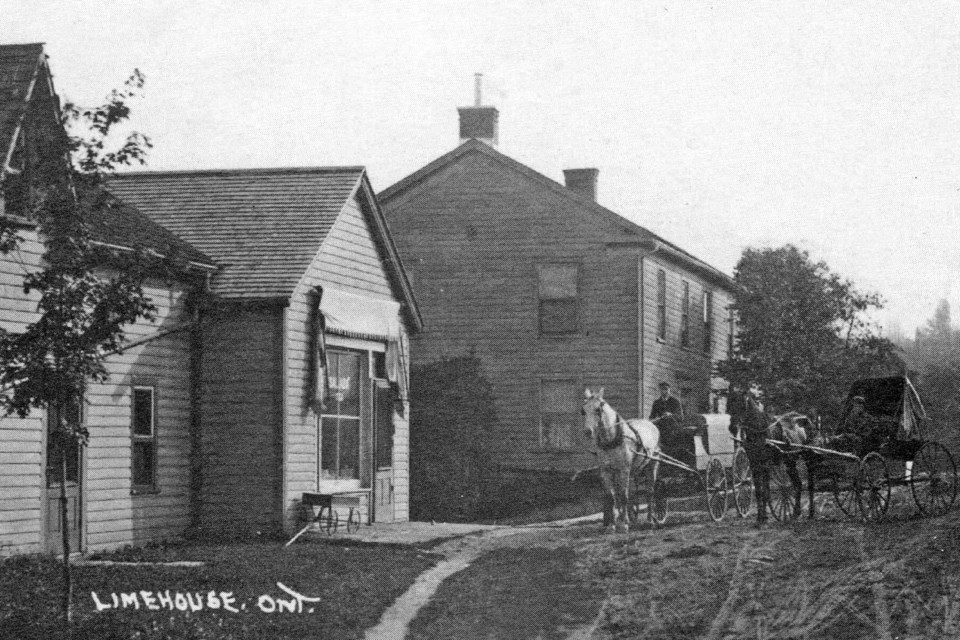The way we send and receive mail has greatly evolved since the township of Esquesing was settled over 200 years ago.
When the land of present-day Halton Hills opened for settlement in 1819, the early settlers did not have the luxury of a postal system that offered adequate mail delivery. At that time, there was no provincial or federal postal service, which meant the receiver, and not the sender, was responsible for paying the postage fee.
This method of delivery was a great hardship for the early settlers that saw many letters go unclaimed as the receiver did not always have the money to pay for them, eventually being sent off to the ‘Dead Letter’ office.
The heartache that settlers faced can hardly be imagined as they knew that news from back home was in those letters that awaited them, but yet they couldn’t pay for the delivery.
Along with payment issues, the early system heavily relied on delivery by horseback or stage coach to get mail over the rugged terrain, which often made them vulnerable to robbery.
In 1831, access to mail service began to improve as William Lyon Mackenzie, a member of the Upper Canada Legislative Assembly, pushed to have a dozen more post offices opened in townships across the province, later known as Ontario. Prior to that, there were only a handful of post offices in all of Upper Canada.
As a result of this, Esquesing’s first post office opened in 1832 on Lot 9, Concession 7, with Henry Fyfe listed as the first postmaster.
The Esquesing post office would later be relocated to Stewarttown in 1840. That same year, when the township’s first post office was relocated, Norval was granted an office.
During the next two decades, more post offices popped up across the township in communities such as Acton, Georgetown, Glen Williams and Limehouse.
Starting in 1851, post offices were governed by a provincial postal system that introduced the use of postage stamps, meaning that the sender was responsible for the payment of postage and not the receiver.
The province would govern the post offices until the formation of Royal Mail Canada (Canada Post) in 1867.
The arrival of the Grand Trunk Railway, in 1856, running through the larger communities of Georgetown and Acton also meant quicker delivery to and from other parts of the province and country.
Eventually, just before the start of the First World War, as road conditions improved in Esquesing, the need for rural post offices began to diminish with the introduction of rural mail delivery. Some of the first post offices to be phased out were Ashgrove, Speyside and Esquesing in Stewarttown.
The remainder of the rural post offices would be phased out completely by 1990, with the final offices being Hornby, Limehouse and Norval.
Today, the entirety of Halton Hills is serviced by two central Canada Post offices located in Acton and Georgetown, which provide the delivery of mail and parcels via community mailboxes, rural delivery, and P.O. boxes - a greatly improved postal service compared to what the early settlers of Esquesing had to deal with over 200 years ago.
Article written by Scott Brooks, with information from Dills Collection/Halton’s Pages of the Past /Halton Sketches/HHPL.



